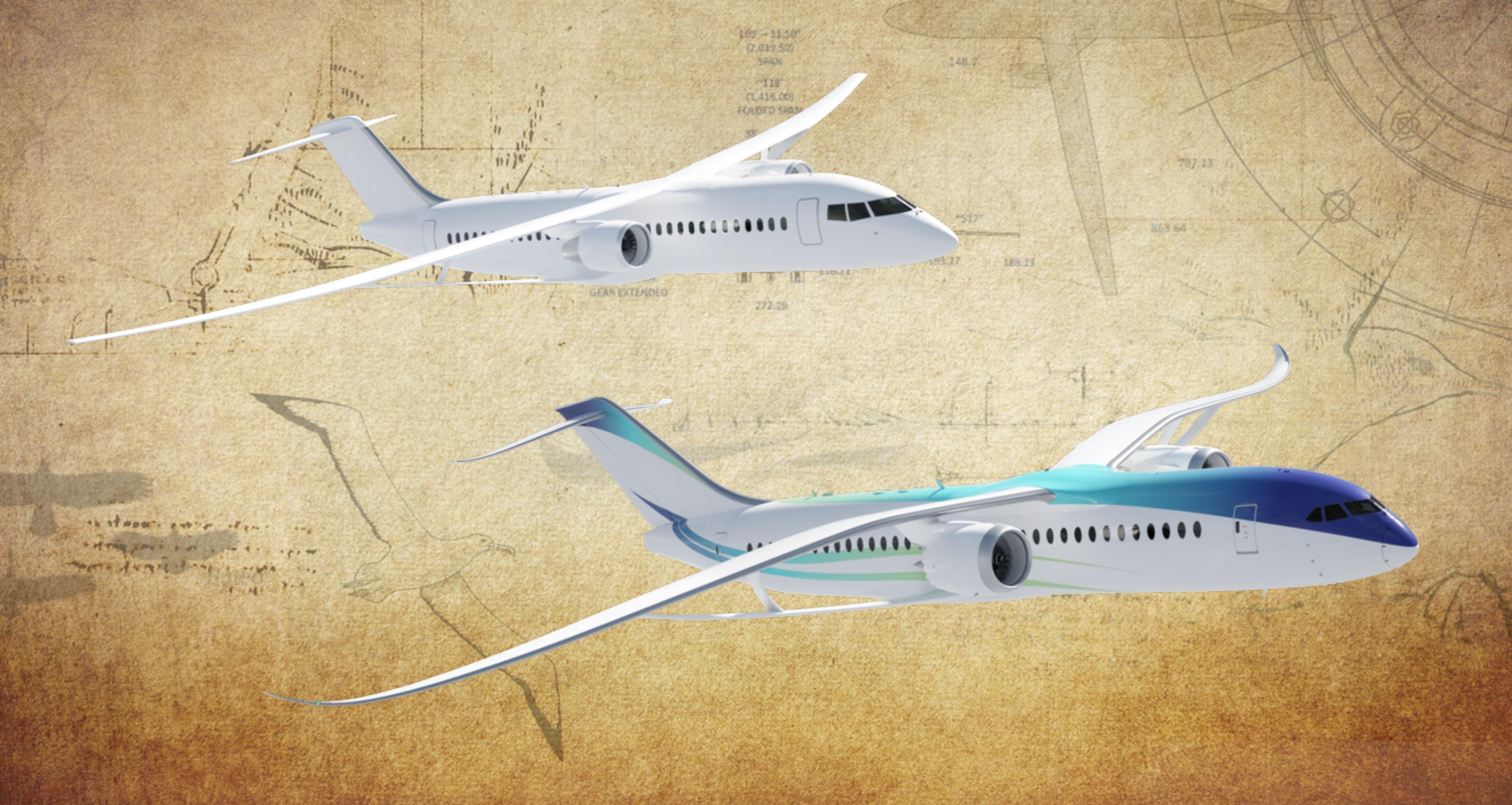
NASA is polling industry on technologies that have a high probability of being used in new single-aisle airliners entering service in 2030-35.
The results will help shape plans for an ultra-efficient subsonic transport flight demonstrator.
The agency wants to fly a subsonic X-plane by the mid-2020s as a follow-on to its Lockheed Martin Skunk Works-built X-59 QueSST low-boom supersonic flight demonstrator, which is now scheduled to fly in mid-2022.
Although NASA believes Boeing’s Transonic Truss-Braced Wing [TTBW] configuration shows promise and needs to be demonstrated in flight to answer the remaining questions, the agency is seeking industry input on which direction to take.
“I do want to say we are going into this objectively,” NASA associate administrator for aeronautics Robert Pearce told Aviation Week. The agency is awaiting the results of a request for information (RFI) released in October and has scheduled a virtual industry day for Dec. 1.
“As we work with industry on the potential for a flight demonstration of an advanced configuration, we’ll see what we get back from industry. But our expectation is that the Transonic Truss-Braced Wing is certainly a leading contender,” Pearce said.
The TTBW has a long-span, high-aspect wing that reduces drag in cruise. Minimizing the weight penalty of the longer span requires bracing of the slender wing with trusses so that its structure can be lightweight and flexible while avoiding flutter.
“We’ve been working with many high-efficiency airplane concepts over the last 10-15 years. As we worked through those, for us the Transonic Truss-Braced Wing has leapt out as a leading contender,” he said. “It looks technically feasible to get substantial benefits in the order of 5-10% efficiency from that design.”
But NASA believes the configuration needs to be flight tested to ensure the slender braced wing can achieve a high enough structural efficiency not to subtract from the aerodynamic benefits. “We don’t want to gain weight to get these very high aspect-ratio wings,” Pearce said.
But industry could favor other advanced configurations. According to its announcement for the future subsonic flight demonstration planning industry day, “NASA wishes to identify overlapping interests with U.S. industry partners, including the identification of high-payoff advances in aero-structural integration, producible high-rate composite aircraft structures, and emerging propulsion systems that have a high probability of transition to commercial single-aisle transport aircraft in the 2030 to 2035 timeframe.”
NASA has reserved up to eight hour-long slots for one-on-one briefings with industry on Dec.1, to be allocated based on the strength of white papers submitted in response to the RFI. The agency is seeking information on single-aisle market assessments, technology transition plans, passenger and airline benefits, as well as technical barriers to market introduction and technology maturation needs.


